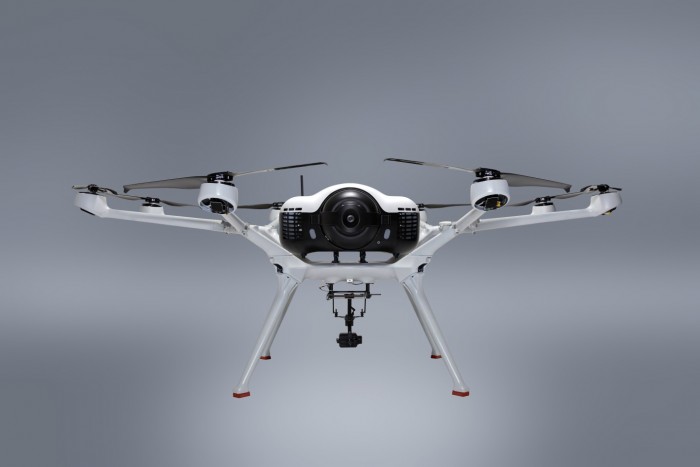Drones equipped with thermal imaging technology are transforming the world of surveillance, offering unparalleled capabilities for various applications. Whether for security purposes, wildlife monitoring, or search and rescue operations, the benefits extend far beyond conventional approaches. In this article, we delve into the diverse uses and advantages of drones with thermal imaging, exploring how they are reshaping our ability to see the unseen.
The Power of Thermal Imaging Drones
Thermal imaging allows drones to detect heat signatures from objects, animals, and humans, offering an intense level of detail even in complete darkness or through obstructed views. This ability makes them indispensable in situations where visibility is compromised, providing critical data that can be used to make informed decisions swiftly.
Security and Surveillance
One of the primary applications of drones with thermal imaging is enhanced security. From monitoring large perimeters to identifying unauthorized intrusions, these drones provide a bird’s-eye view that can detect hidden threats in real-time. Security agencies use them to patrol both urban and rural areas, leveraging technology to ensure safety and protocol adherence.
Wildlife Monitoring and Preservation

Beyond security, thermal imaging drones play a pivotal role in wildlife conservation. They help researchers track animals without disturbing their natural habitats, spot poachers, and study ecological patterns. The ability to detect heat signatures makes it possible to manage animal populations, monitor migrations, and better understand ecosystems.
Search and Rescue Operations
Thermal drones have become invaluable in search and rescue operations. When someone goes missing, these drones are deployed to scan large areas quickly, identifying human heat signatures and potentially saving lives. In challenging terrains or adverse conditions, thermal imaging is particularly useful, offering rescuers the precise location of individuals who need help.
Civilian Use and Recreational Applications
Not limited to professional use, drones with thermal imaging are gaining popularity among hobbyists and civilian users. Enthusiasts employ them for various recreational activities, from exploring landscapes to capturing unique visuals that emphasize thermal contrasts. These applications are expanding rapidly as technology becomes more accessible and affordable.
Technology and Future Innovations
As technology advances, the capabilities of thermal imaging drones continue to expand. Improvements in sensor accuracy and battery life enhance usability, making drones more efficient than ever before. Future innovations may include integration with AI for better decision-making and fully autonomous operation, promising even greater breakthroughs in surveillance and environmental monitoring.
Challenges and Considerations
Despite their advantages, deploying drones with thermal imaging comes with specific challenges. Addressing privacy concerns, regulatory compliance, and operational liability is essential to ensure ethical use. Understanding local laws governing drone use and promoting public awareness can help mitigate these issues effectively.
FAQs About Thermal Imaging Drones
Can thermal drones be used during the daytime? Yes, thermal drones can operate effectively both day and night, as their imaging capability relies on detecting temperature differences rather than visible light.
What is the range of thermal imaging on drones? The range can vary significantly depending on the drone model and sensor quality, with some high-end drones capturing thermal images from several kilometers away.
Are thermal imaging drones safe for civilian use? Absolutely, as long as users adhere to safety guidelines and regulations, these drones are safe for various applications, including recreational use.
In conclusion, drones with thermal imaging offer unmatched advantages in surveillance and environmental monitoring contexts. From enhancing security operations to contributing to wildlife preservation, their applications are increasingly vital in today’s world, paving the way for future technological advancements and innovations.